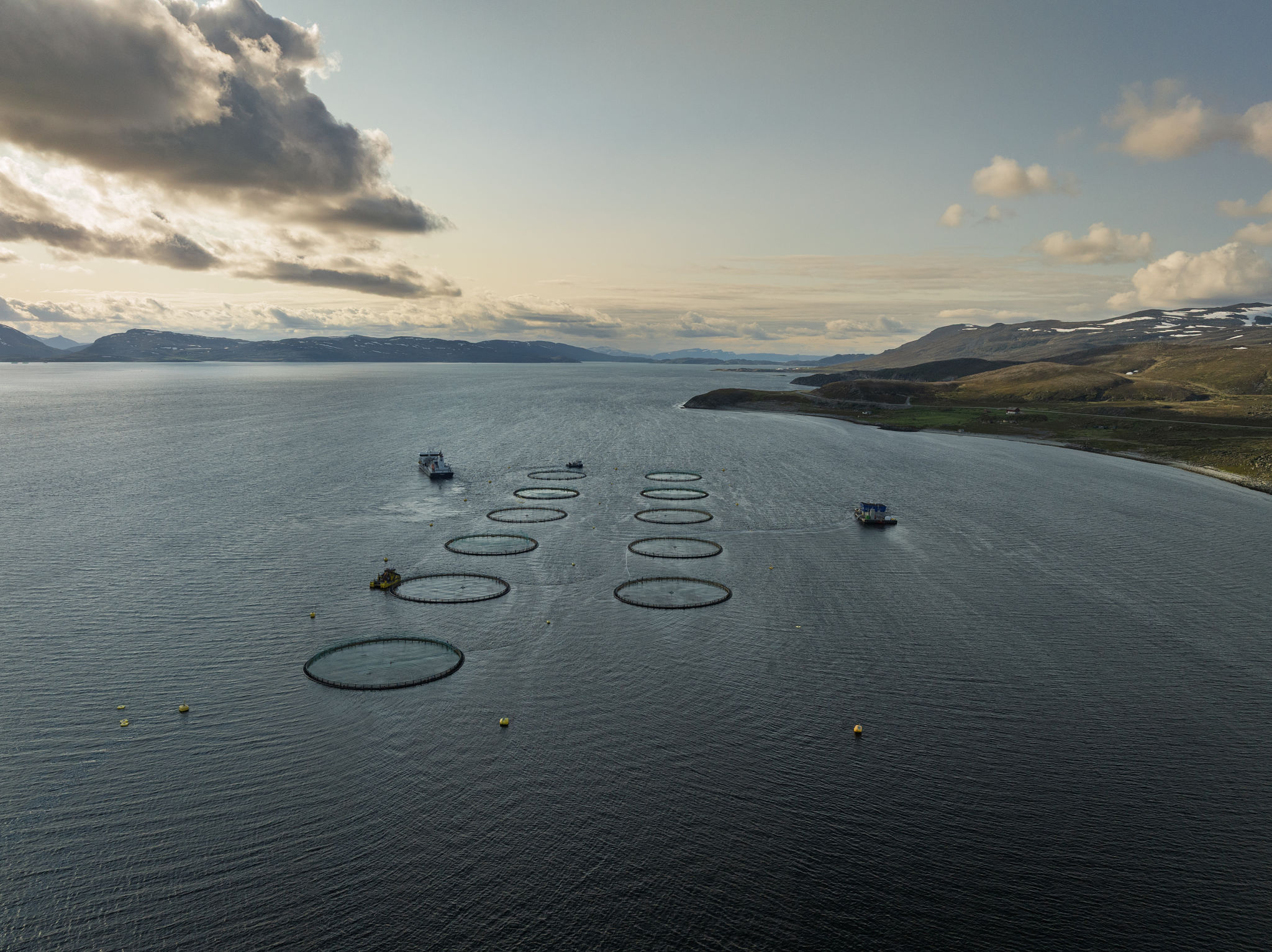How The Red Snapper Supports Local Fishermen and Sustainable Practices
The Importance of Red Snapper in Local Economies
The red snapper is more than just a popular seafood choice; it plays a crucial role in supporting local fishermen and promoting sustainable practices. This vibrant fish, known for its delicious taste and nutritional benefits, has become a cornerstone for many coastal communities. By prioritizing the red snapper, we can help ensure the livelihoods of fishermen and the health of our oceans.

Boosting Local Fishermen's Livelihoods
Local fishermen rely heavily on the red snapper as a significant source of income. The demand for this fish not only helps sustain their businesses but also supports related industries such as processing, transportation, and local fish markets. By purchasing red snapper from local sources, consumers can directly contribute to the economic stability of these communities.
Furthermore, community-supported fisheries (CSFs) have emerged as a viable model, allowing consumers to buy directly from fishermen. This not only provides fresh, high-quality seafood but also ensures that fishermen receive fair compensation for their catch.
Encouraging Sustainable Fishing Practices
Sustainable fishing is vital for preserving marine ecosystems and ensuring the long-term availability of fish species like the red snapper. Local fishermen are increasingly adopting sustainable practices to protect their resources. These practices include setting limits on catch sizes, using selective fishing gear to minimize bycatch, and respecting seasonal closures.

Organizations and certifications, such as the Marine Stewardship Council (MSC), play an essential role in promoting sustainable fishing. They provide guidelines and standards that ensure fisheries operate responsibly and help consumers make informed choices when purchasing seafood.
Balancing Conservation and Commerce
The challenge lies in balancing the need for economic stability with the imperative of conservation. Overfishing can deplete red snapper populations, compromising the future of both the species and the fishermen who depend on them. By implementing science-based management plans and quotas, stakeholders can work together to maintain this delicate balance.
Efforts are underway to develop aquaculture solutions as well. Farming red snapper in controlled environments can alleviate pressure on wild populations while still meeting consumer demand.

The Role of Consumers
Consumers play a pivotal role in supporting sustainable fisheries. By choosing to buy red snapper that is sustainably caught or farmed, individuals can drive demand for responsible practices. Educated choices can lead to broader changes in industry standards and motivate more suppliers to adopt ethical methods.
Additionally, consumers can support local markets and CSFs, ensuring that their purchases benefit local economies directly. This approach not only supports sustainable fisheries but also fosters a strong sense of community and connection to the food we consume.
Conclusion
The red snapper serves as a vital link between local economies and sustainable fishing practices. By understanding its importance and making informed choices, we can support local fishermen, protect marine ecosystems, and enjoy one of nature's most delicious offerings responsibly.